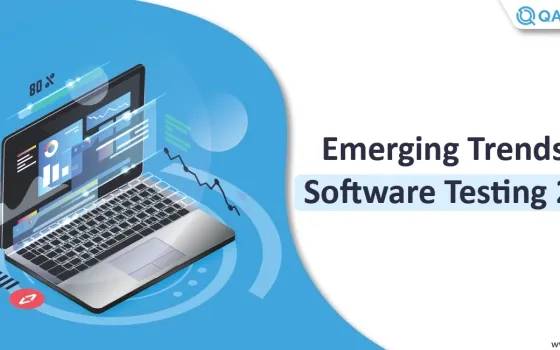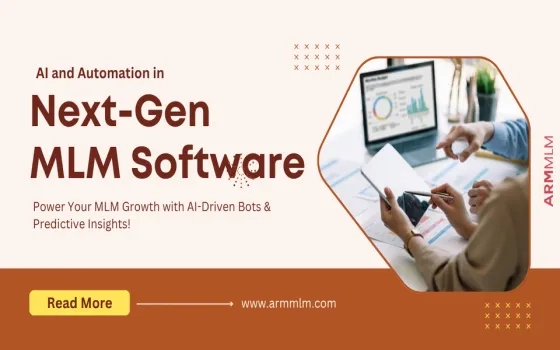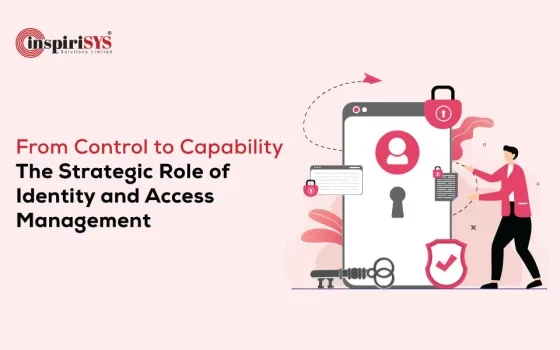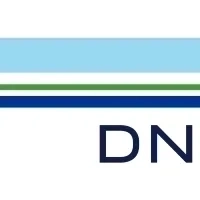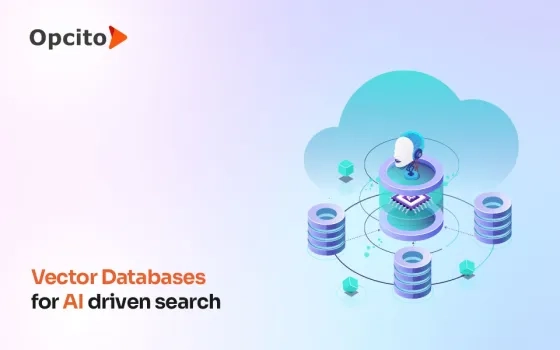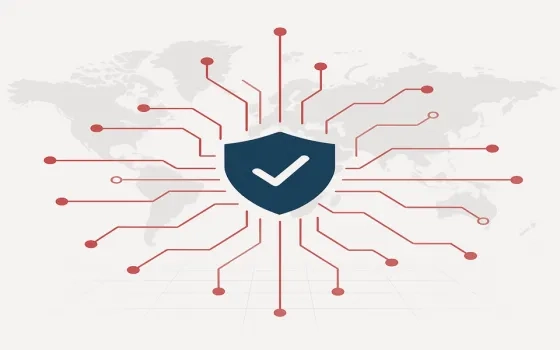Upcoming trends in Software Testing: There is an assumption that software development is all about speed. Whoever delivers first-to-market features and updates stands to consolidate the industry in the long run. While the belief is indeed valid, an equally important but often ignored part is ensuring the software is bug-free. The reason being that users often abandon a crash-prone, insecure application within their first use.
But, testing is a tedious process, which often eats into 35-40% of the development time. Quick delivery and meticulous testing are often at odds, and project owners need to balance them to achieve deliverables on time. Adding to the complexity, some new technology is always around the corner that changes the equation, and the software testing industry has plenty emerging.
Keeping up with current trends in software testing will help technology leaders retain an edge over the competition and cater to the ever-changing consumer interests with unmatched speed. Here are the rising trends of 2021 and beyond that we consider has the potential to transform the software testing industry-
AI in Software Testing
The repetitive and pattern focused nature of software testing makes it a ripe target for AI disruption. In most cases, AI makes software testing efficient by automating repeatable actions so that software testers can focus more on complex test scenarios. A combination of AI techniques can optimise recurrent software testing activities such as modelling, test data generation, software exploration, and failure detection.
Artificial Intelligence has many inherent advantages; algorithms generate tests much faster, and the coverage is more thorough. It enables developers to push new updates more often and helps them focus on the challenging and creative aspect of software development.
Artificial intelligence-powered test automation differs from traditional automation testing in the sense that, AI-driven test bots are in perpetual uncertainty and do not act under any tools or frameworks.
Some applications of artificial intelligence in software testing-
- User Interface Testing: Test bots assess the visual aspects of the application with image-based learning of app screens.
- Declarative testing: It is a context-driven testing process in which the test bots drive the test process based on the intent of the test.
- Self Healing Test Automation: AI-test bots will automatically detect code and property changes to the application and rearrange tests automatically, known as “self-healing”.
Multi-experience testing
Gartner terms multi-experience development platform (MXDP) as a new age “middleware” that allows developers to build a single application encompassing AR, VR, IoT, voice, touch, gesture and more. It simplifies the development process by enabling enterprises to rapidly scale applications across different modalities, devices and operating systems.
While it is an exciting frontier for the software development domain, it throws up new challenges from a software testing perspective.
Firstly, QA teams need to ensure a user faces consistent experience across voice, gesture, touch and virtual interfaces. They have to develop a cross-functional approach with cross-platform tools to cover all the test cases effectively. Increased complexity, such as integration barriers, will add to the project time and cost.
Scriptless Automation
Scriptless testing, also called codeless testing, is a test software that allows testers to create automated tests without coding or scripting. The tests can be built using model, keyword, object or data-based approaches. Scriptless test automation enables testers to rapidly create automated tests around the functionalities of the software application with little coding knowledge.
Codeless automation testing has many inherent advantages over script-driven automation tools, such as selenium. Most scriptless tools in the market provide ready-to-use test case automation templates that allow instant test deployment. Business users also need not spend time maintaining and debugging scripts; the scriptless software automatically does it for them. The speed of test execution it enables makes it a perfect companion for agile development.
However, the convenience and speed-to-market come at the cost of increased project expense as most tools come at a steep price.
Testing with Containers
Introduced in 2013, Docker containers have generated considerable buzz in their ability to transform CI/CD pipelines. Containers help developers run isolated applications in a shared virtual environment. Unlike Virtual machines, which require a dedicated operating system and gigabytes of storage, Containers share the same operating system among them and need just a few megabytes of storage to run an application.
This capability gives DevOps teams high flexibility to run and scale a large number of applications with minimal resources. However, due to the perceived insecure nature of the infrastructure, they are yet to be widely utilised in testing and production phases. The recent updates in container security and increased adoption will see containers play an important role in later stages of SDLC, and it has significant implications on the software testing process-
- Ability to run parallel tests: Container environments can run multiple applications simultaneously, enabling QA teams to run parallel tests and speed up the testing process.
- Eliminate bug reproducibility worries: With containers, QA teams can share instances of application images directly to the dev team which captures the bug, instead of bug reports which may complicate bug reproducibility.
- Greater control over system-level requirements: Dev team can set up system configuration for a particular image with greater flexibility, which can simplify detecting system-level defects.
The growing RaaS problem
Ransomeware-as-a-Service (RaaS) is an emerging phenomenon in the software security domain. RaaS is ransomware software that any non-tech malicious entities can rent out to hack into computer systems. The problem is so rampant that two out of every three known cyberattacks is a RaaS model. In the US alone, RaaS attacks have reached 145 million in 2020, a 140% increase y-o-y.
Among ransomware attacks, phishing is the most common method used to lure unsuspecting workers. Suppose one of the employees falls for a hack and downloads the ransomware. In that case, the attacker uses the port to gain access to the entire business internal network and servers by disabling firewalls and antivirus software. After a successful attack, the hackers will hold the whole company hostage for a ransom.
Since the onset of the pandemic, businesses are especially vulnerable to RaaS attacks due to an increasing number of employees working remotely. Since it has decentralized hacking expertise even to the most technically ignorant malefactors, businesses of all sizes must prepare for highly sophisticated cyber attacks.
Foldable Smartphones, the least discussed trend in software testing
Every new technology undergoes its adoption cycle. The consensus in the mobile industry is that foldable smartphones are in the “trough of disillusionment” stage and set to become sought after display type in the near future. According to DSCC, foldable displays have risen over 450% from 2019 to 3.1 millions units. Foldable smartphones fall under the premium category, so app developers must prioritise a seamless experience for their most valued customers.
For software testers, foldable smartphones are not just another device they need to check compatibility for but also presents a new workflow. Users will expect that the apps they are accustomed to will work perfectly in a foldable screen environment. So, the app creators must work towards presenting content seamlessly in an extended display. Some notable differences that will impact the testing process in foldable smartphones-
- Make sure the application supports all three view forms– split-screen mode, free form mode and picture-in-picture mode.
- Multi-resume support: In foldable phones, users can run multiple applications at once on the screen. Test the application’s performance in a shared resource environment.
- The app should function coherently in smaller folded screens as well as larger main (unfolded) displays.
Conclusion
Software testing is a continuously evolving field. Adopting emerging technologies on the cusp of transforming the industry will give you an enormous advantage over your competitors who aren’t doing so. However, your business need not carry all the risk of implementing the technology alone.



